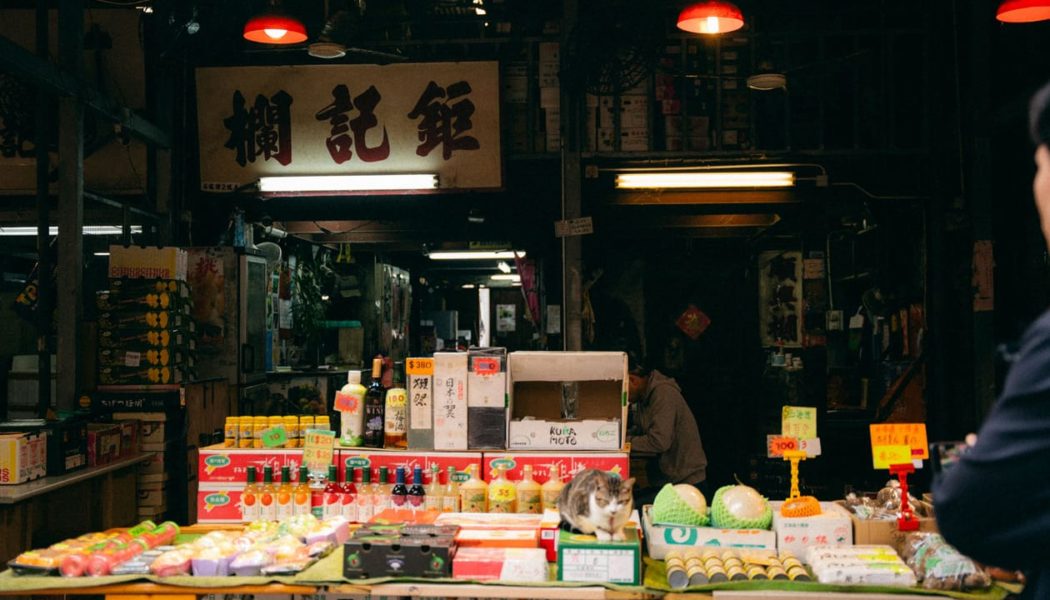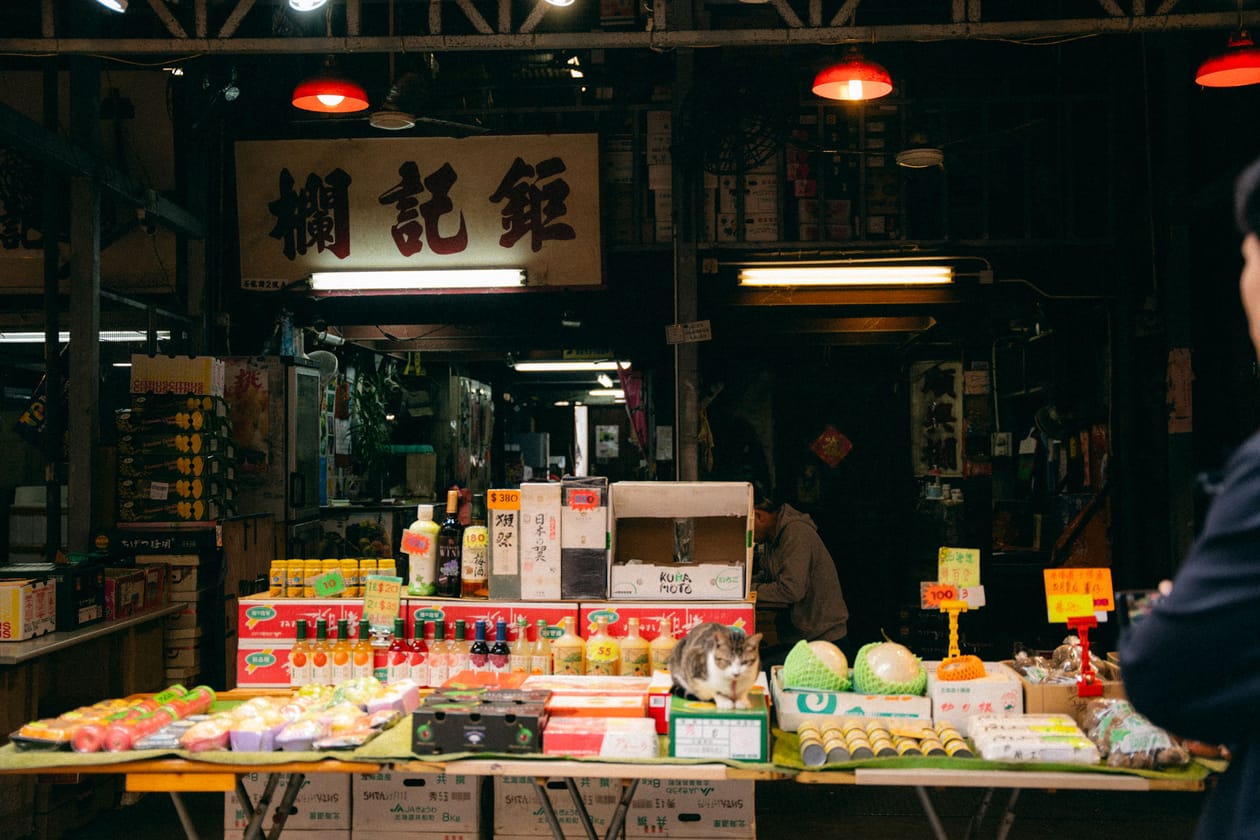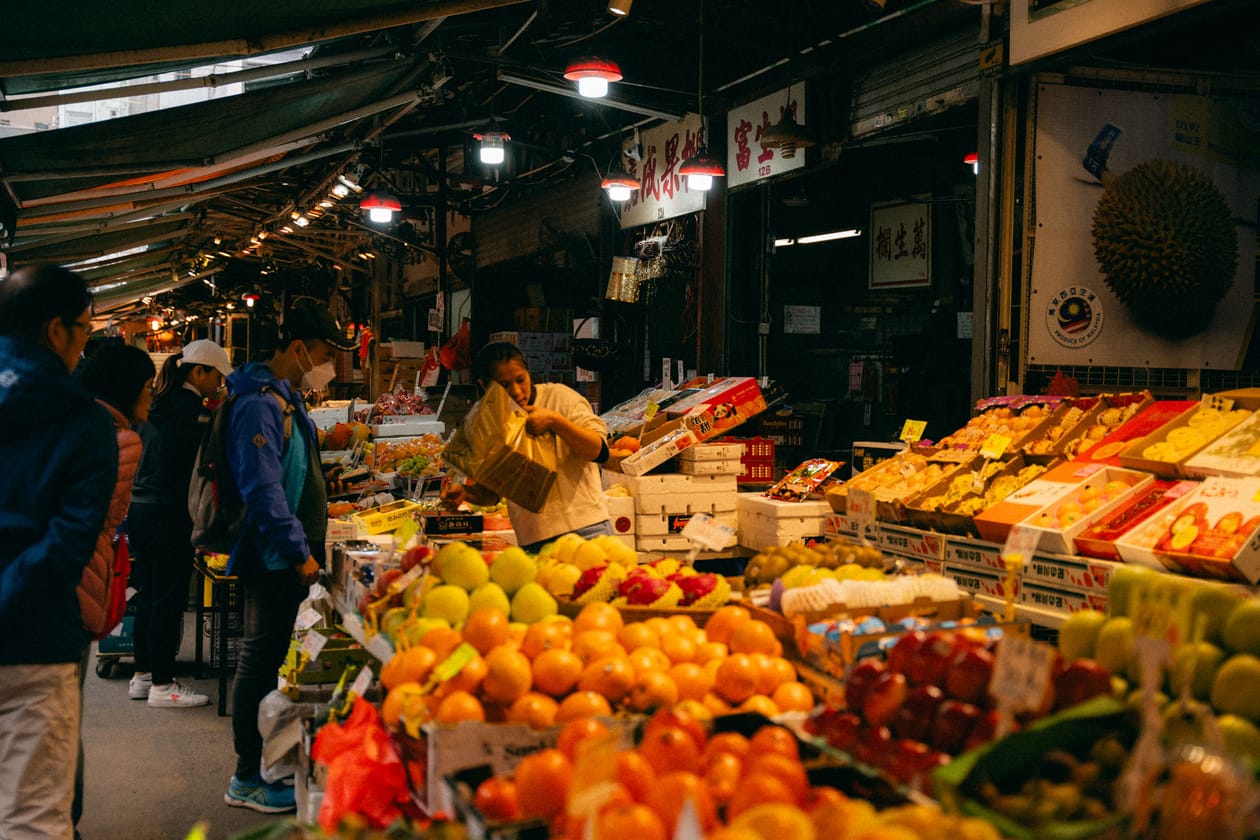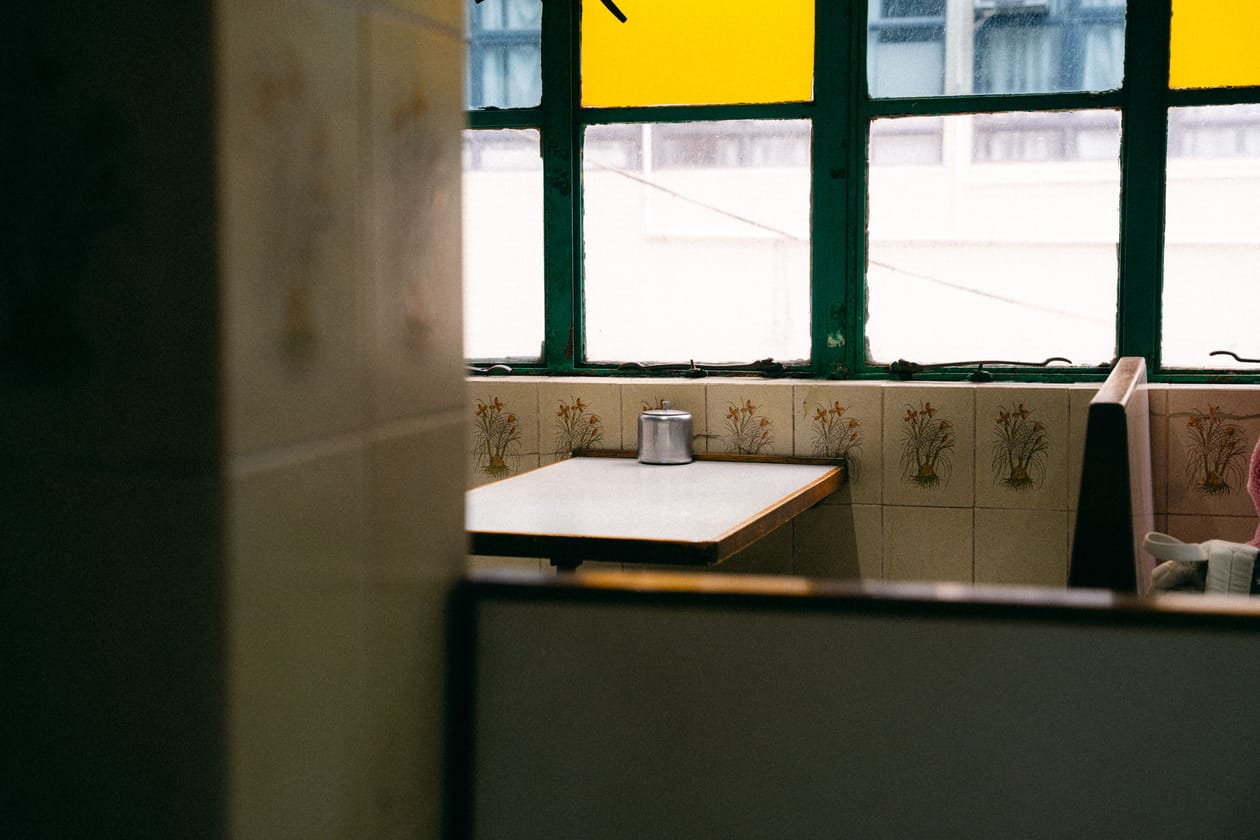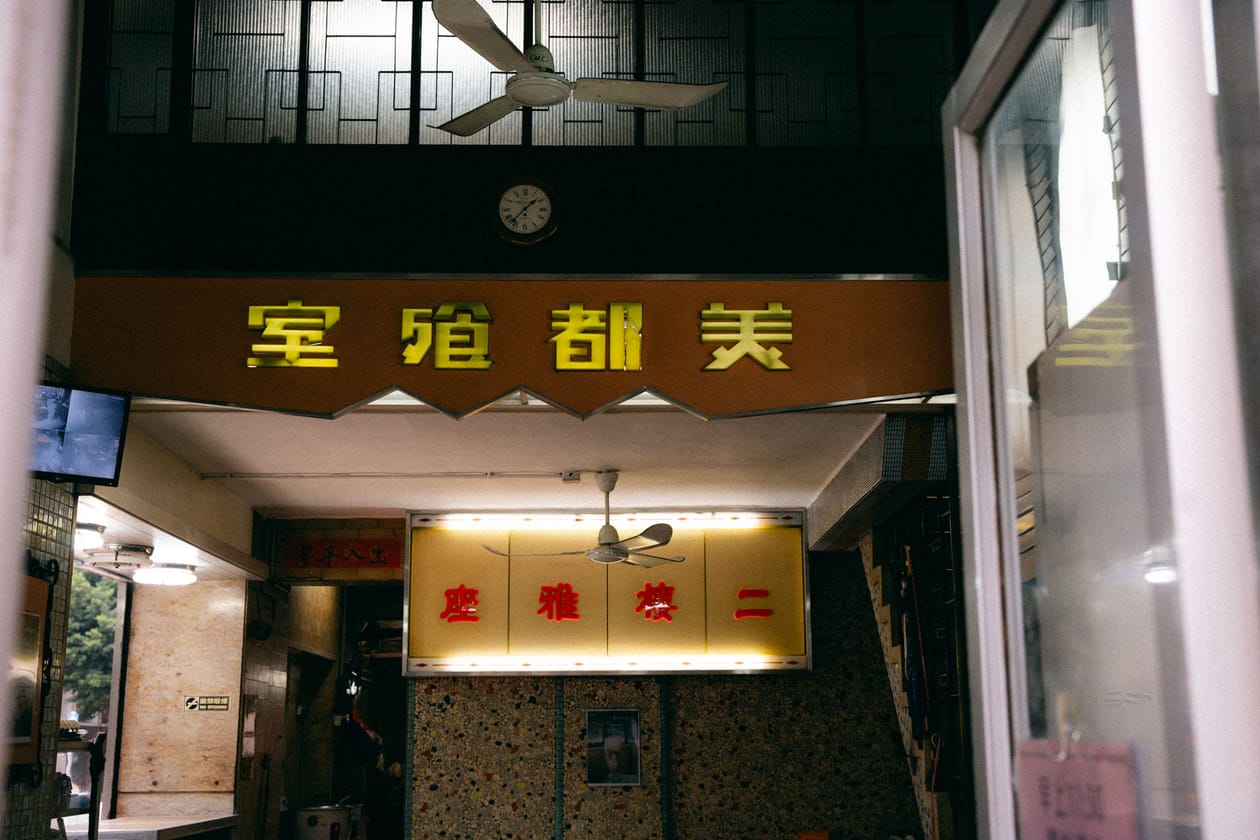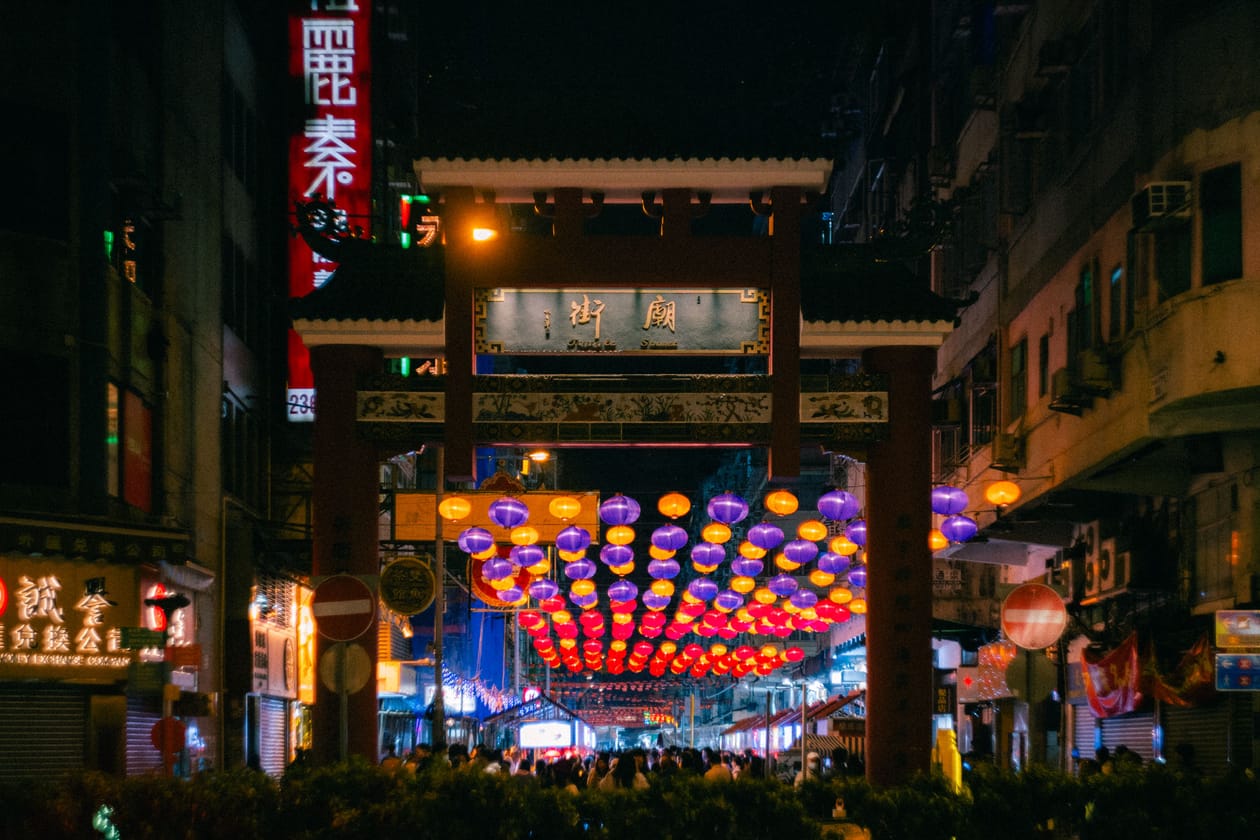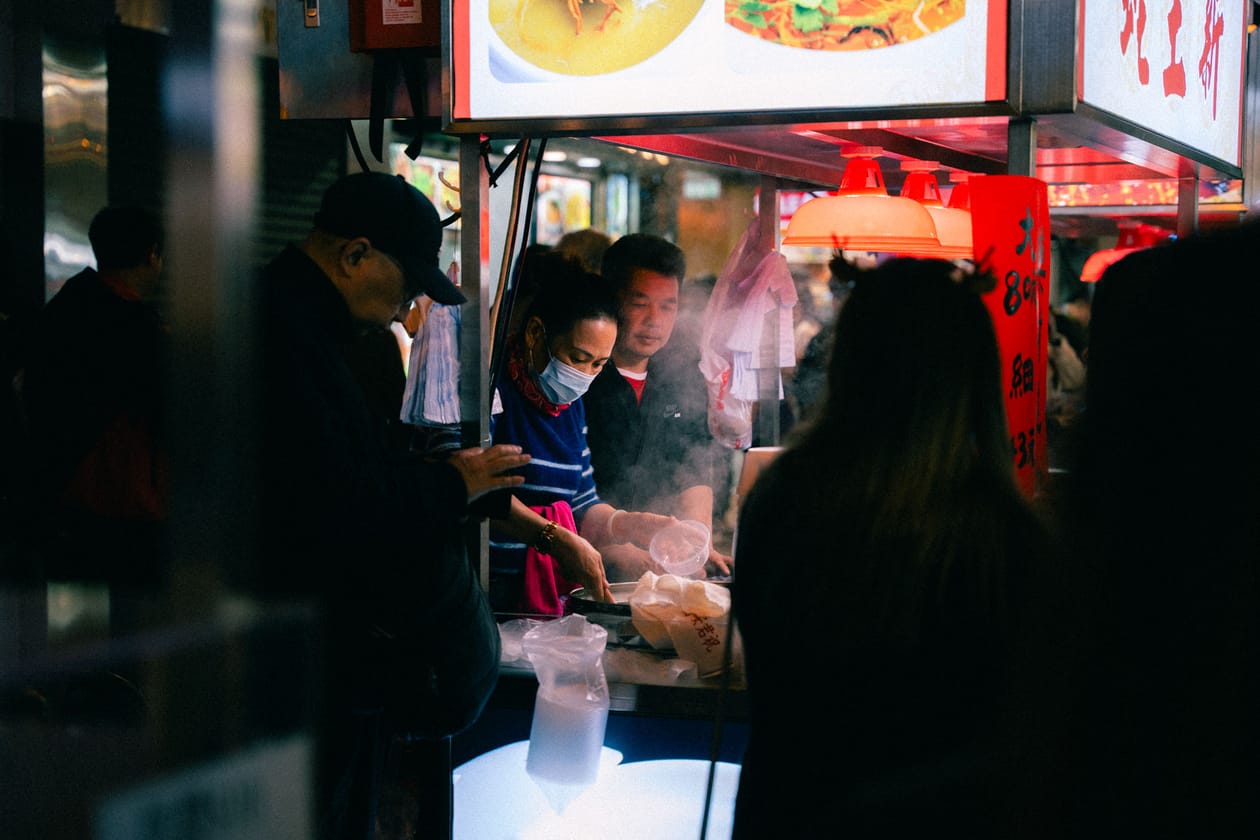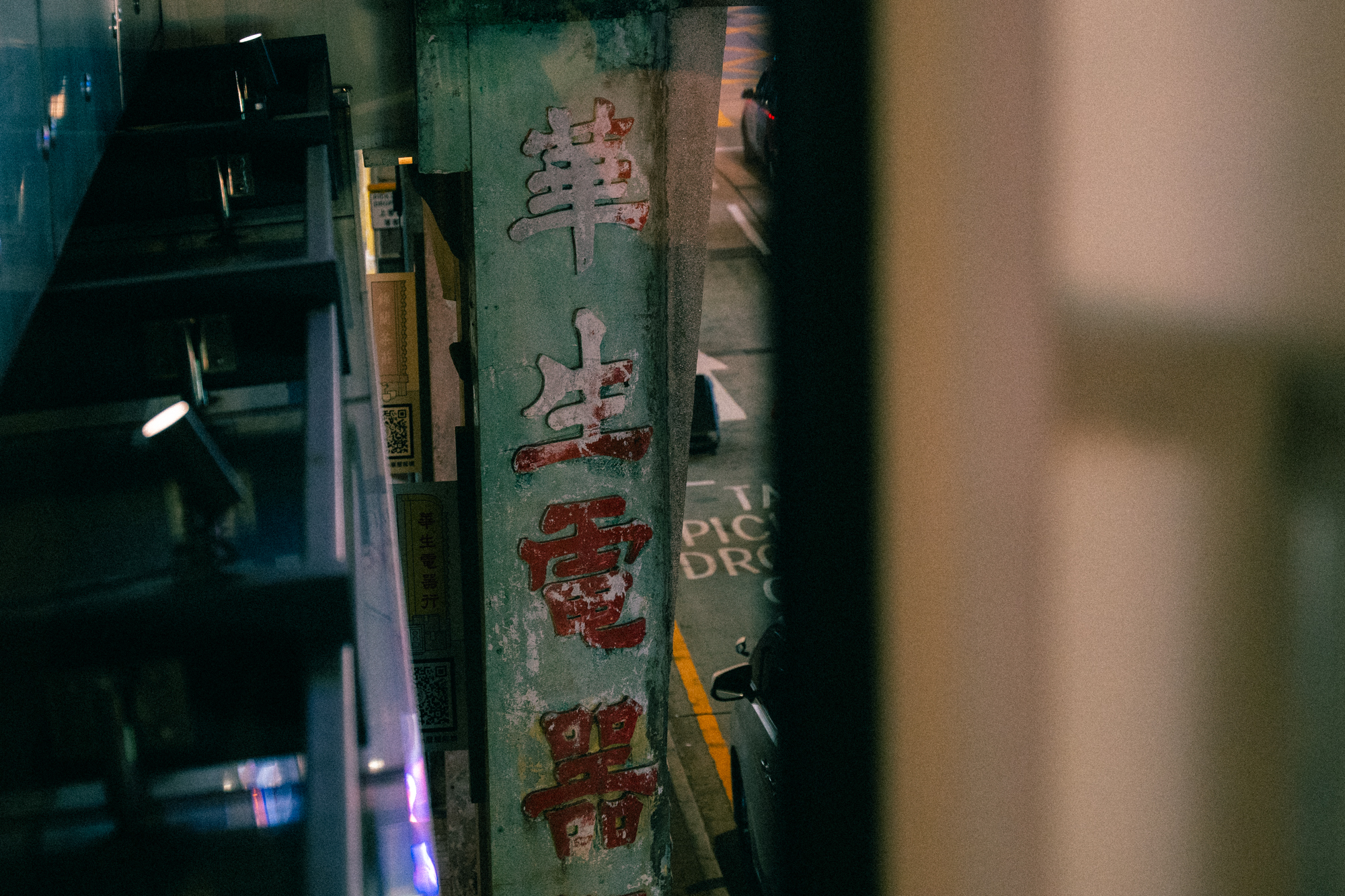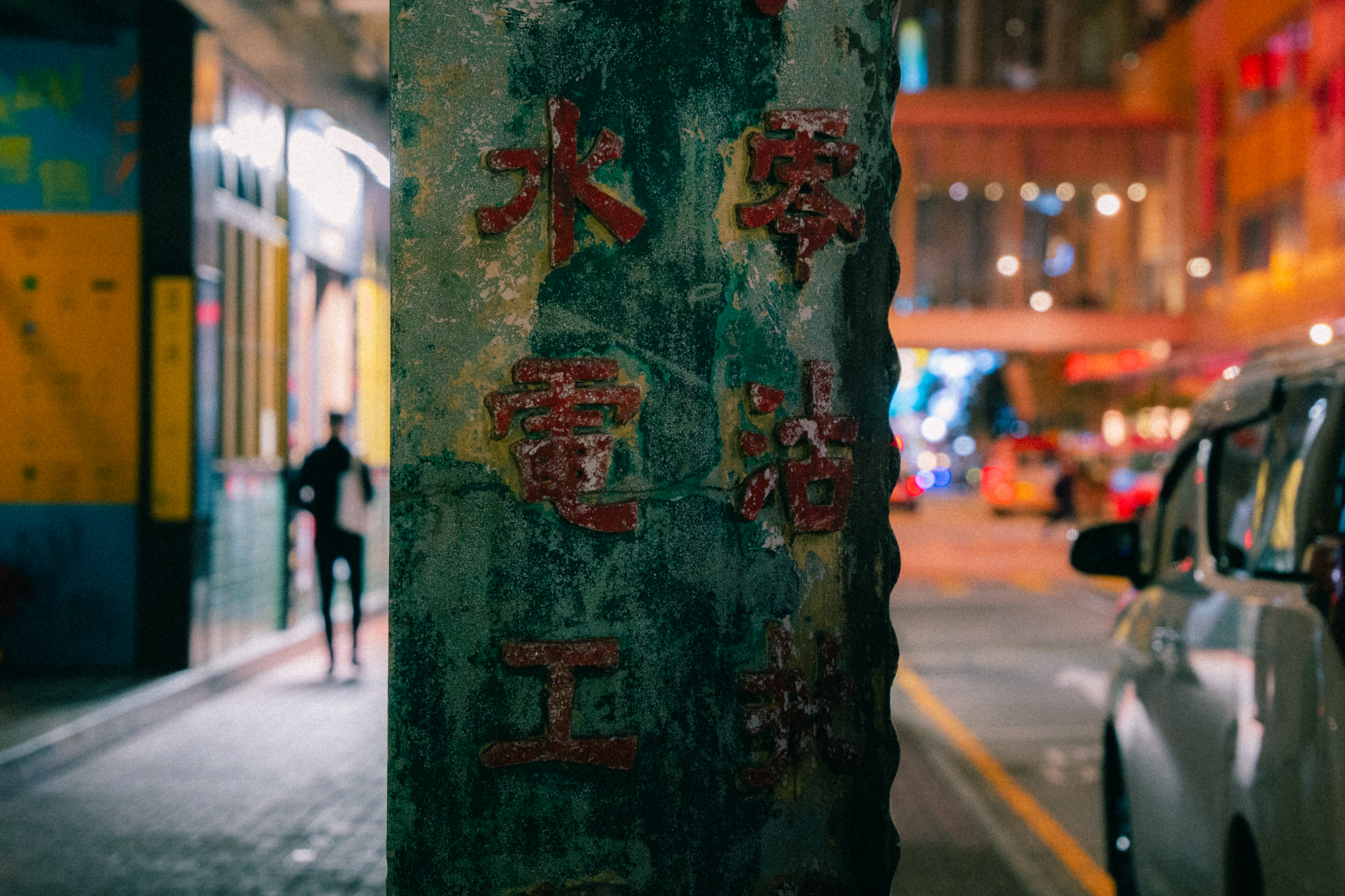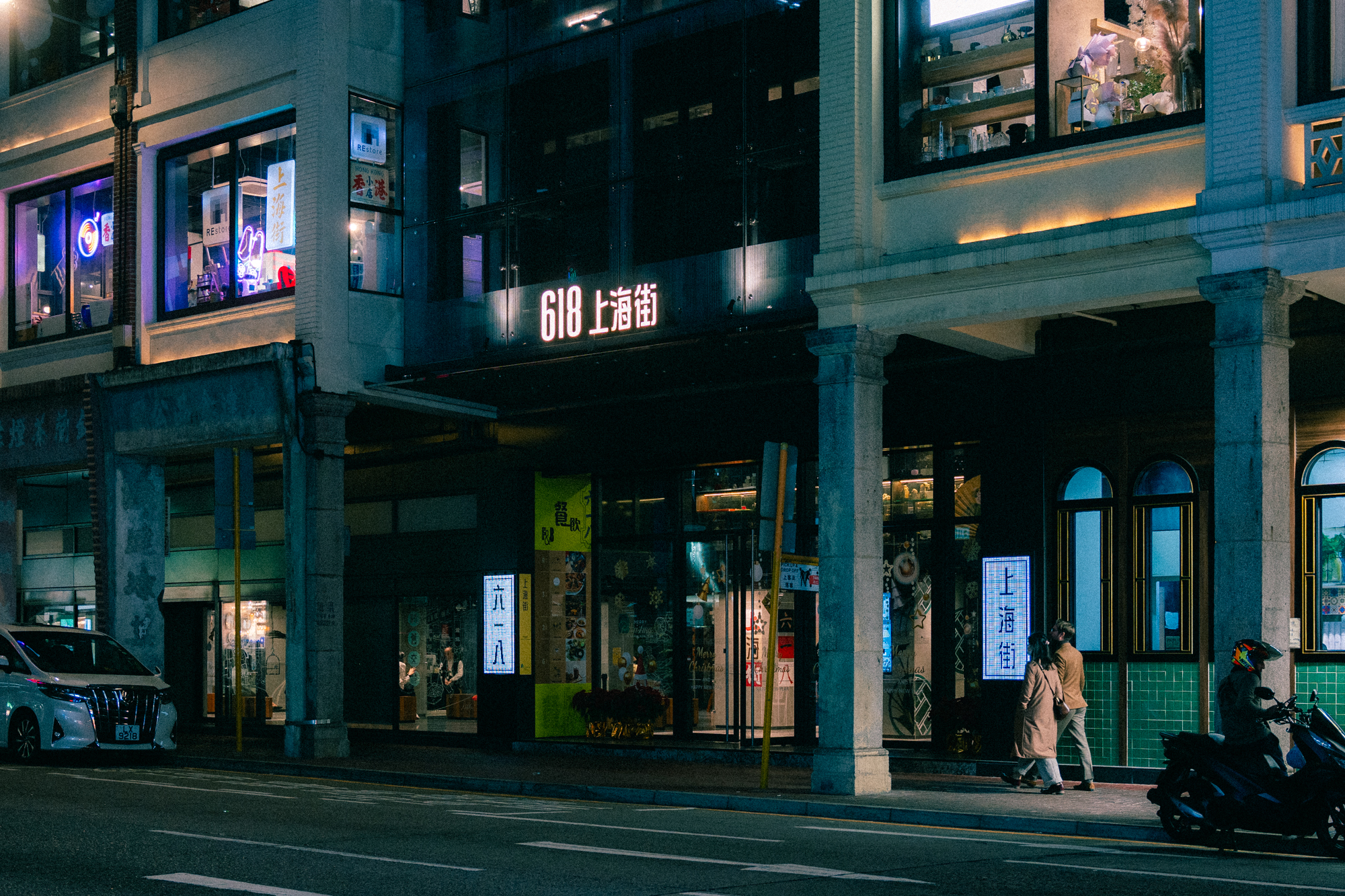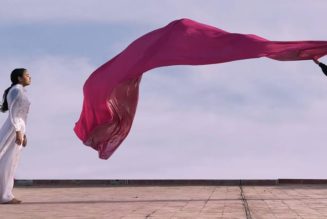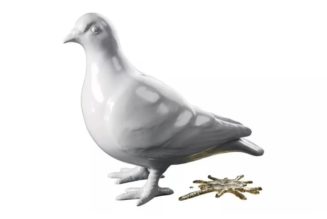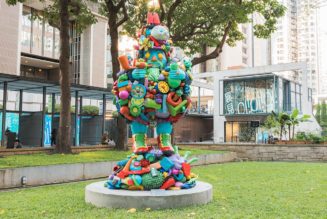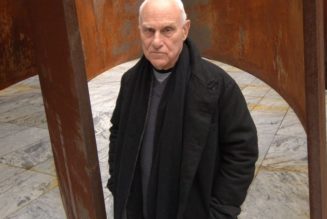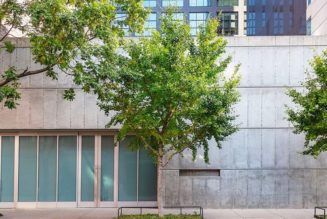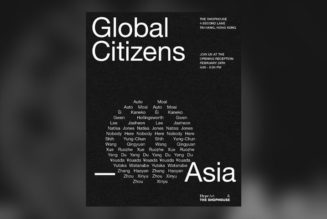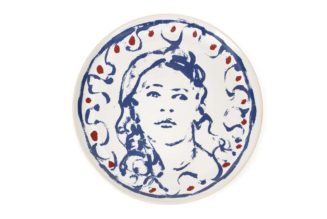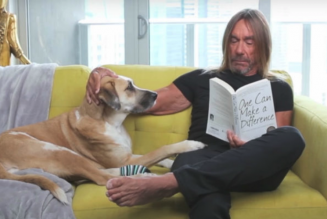A somewhat new way for travelers to get to see another side of a foreign city, the Citywalk trend grew out of a saturation of seeing the same photos of common attractions when traveling abroad. Feeling tired of the same tourist destinations, groups began to form and travel together to explore the offbeat attractions of a city, and eventually the #Citywalk hashtag became a movement. A Citywalk has its advantages as it takes you out of the textbook “must see” locations that are usually overly crowded, it is a intimate experience with the city at a slower pace, and because most of the locations involve places that are part of locals’ daily lives, you walk away with a deeper understanding of the the culture.
West Kowloon is one of those places that often gets overlooked when compared to some of the more glitzy areas in Hong Kong. The truth is, West Kowloon is packed with rich history and amazing landmarks – both new and old. West Kowloon is a place where an actual citywalk is required to take in all of its magic. Luckily, HYPEBEAST has curated a list of all the places worth checking out and mapped out the route along with key places to take photos. It is simple. Pick two to three points of interest on the list, and enjoy the citywalk.
Yau Ma Tei Fruit Market
There is nothing really like this in the city. It is essentially the Tsukiji of fruit markets. Constructed in 1913, this wholesale fruit market not only has the best selection of fruit, but the entire market is classified as a Grade II Historic Building. Here you will find a high concentration of fruit vendors all presenting and selling fruit in their own unique way. Many don’t know this but the Fruit Market doubles as an outdoor gallery as each of the rolling steel doors feature artwork from local artists depicting the market and daily life in the district. This place is full of character, from the narrow alleyways, and graffiti, to the pre-World War II signboards that sit on the outer walls of the buildings. The market is busiest from 4:00-6:00 a.m., and if you’re valiant enough to make it there in the wee hours, you’ll find the market full of life with truck drivers delivering pallet after pallet of fresh fruit.
Mido Cafe
One of the best ways to get to know a culture is through its cuisine. One of the quintessential categories of styles of food in Hong Kong is the cha chaan teng/bing sutt. The traditional bing sutt has been tested throughout the decades, and has become a dying breed. With the closure of many iconic bing sutts in the last few years, one has stood the test of time. Mido Cafe was founded in 1950 and to this day, still maintains its original wooden booths and tiled walls. Once sat down, you feel as if you’re in a Wong Kar-Wai film, and you wouldn’t be too far off either, as parts of ‘Days of Being Wild’ were filmed here. It is said that Mido Cafe was the late Wong Ka Kui’s (lead vocalist of Beyond) favorite hangout, and he often sat at table No. 6 and ordered a buttered pineapple bun with an iced yuen yeung. To this day, Beyond is still considered one of the most successful and influential Canto rock bands from Hong Kong.
M+
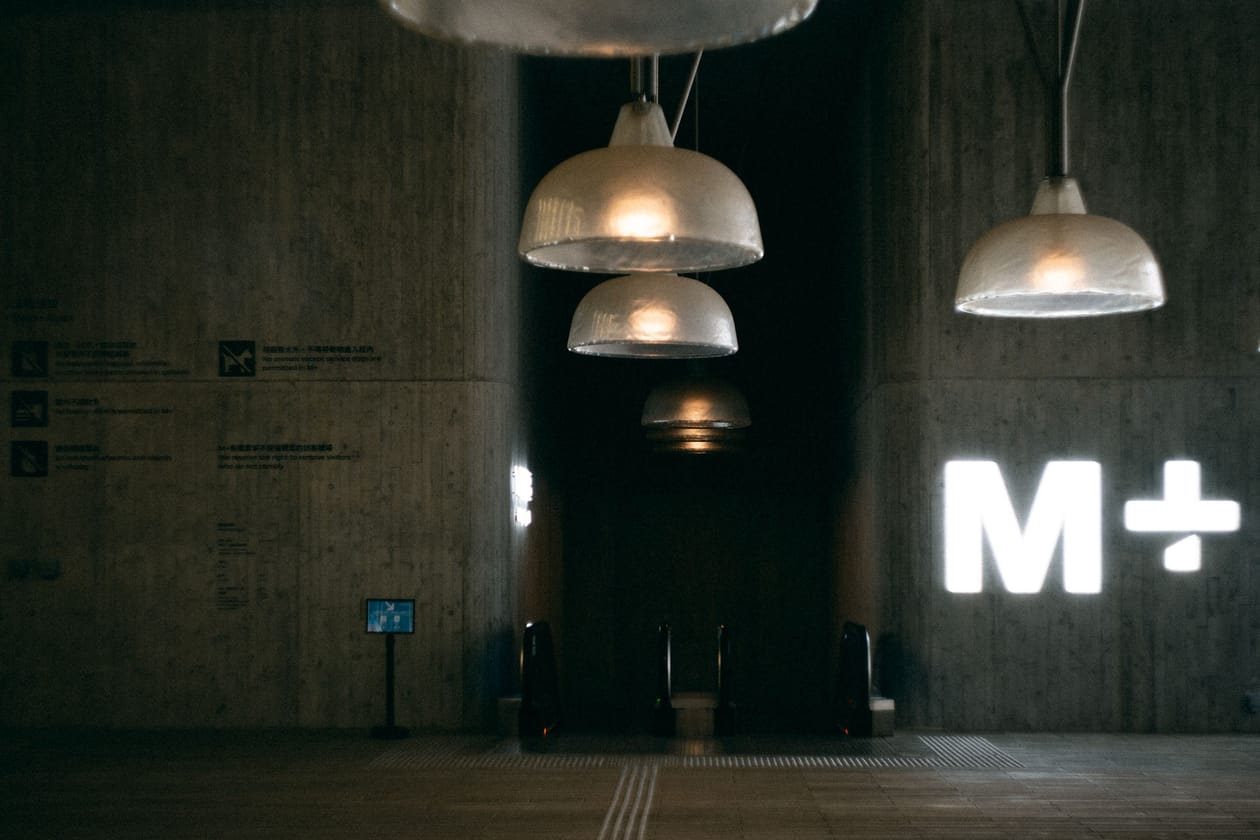
If you are into art, then you cannot miss going to M+. As Asia’s first global visual contemporary culture museum. Not only does the Museum house twentieth and twenty-first century works of design, moving image, and visual art, along with a section dedicated to Hong Kong visual culture, but the entire structure is a work of art. Designed by the renowned architectural firm Herzog and de Meuron the M+ museum structure consists of two volumes – one vertical and one horizontal – that intersect to form an upside T. Giving this build another layer of detail, the entire facade was heavily inspired by traditional Chinese roofs, and can be seen in the bamboo-like terracotta panels.
As for outdoor design, the North Roof Garden at M+ has several works by sculptor and designer Isamu Noguchi. These large sculptures encourage the public to interact with them and get their body moving. This area is packed with other noteworthy areas within a matter of meters, including the West Kowloon Promenade Pavilion, the Palace Museum, Free Space, etc. It is recommended that you stop by these attractions while visiting M+.
Xiqu Centre
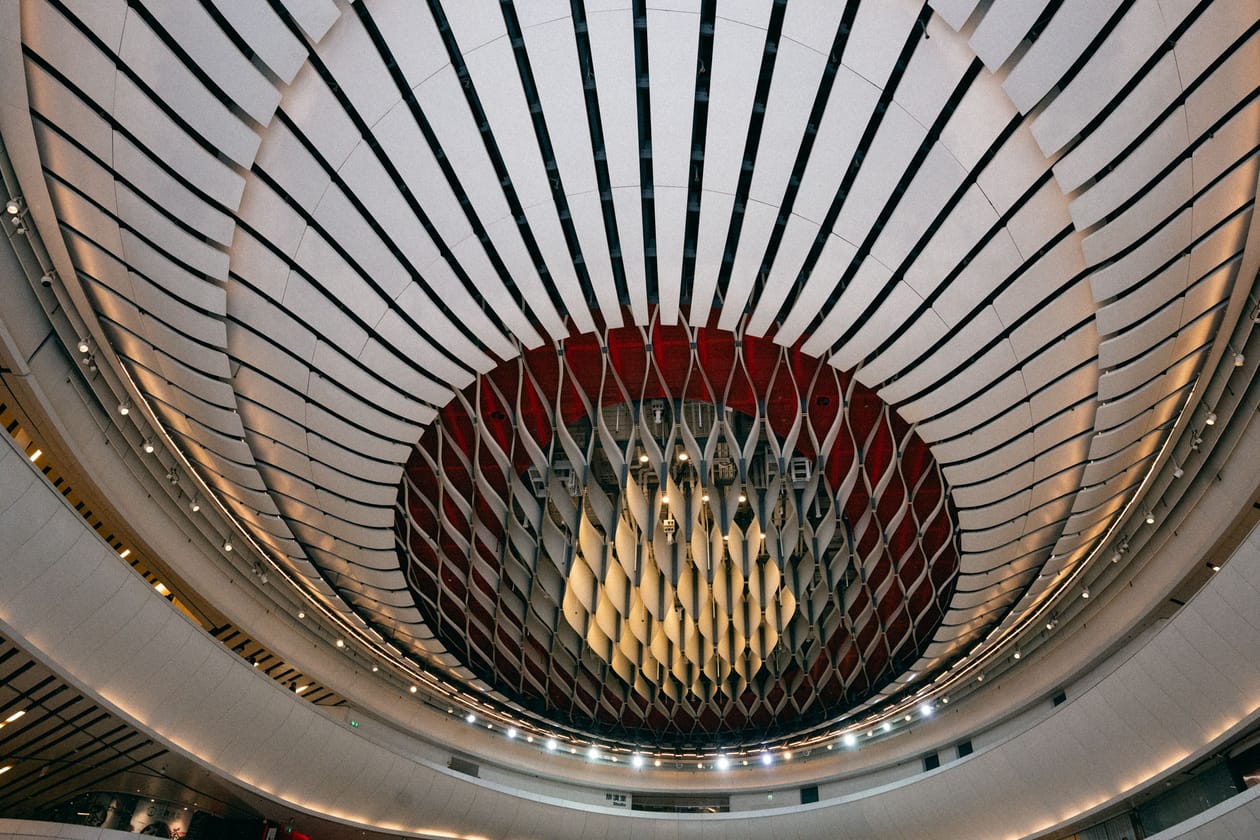
For those looking to explore more on traditional Chinese culture, specifically Chinese opera, the Xiqu Centre is the place to visit. Located on the east side of the West Kowloon Cultural District, the Xiqu Centre is dramatic with its curvilinear exterior that references the traditional Moon Gate, an architectural element found in Chinese gardens. Its facade is made up of 10,000 curved metal fins that blend as one and express the concept of qi (the flow and circulation of life force). While the main use of the space is for performances in the multiple genres of Chinese opera like Peking Opera, Yue Opera, Cantonese Opera, etc., There are also educational workshops where guests can learn more about the art via specific lessons in opera props, costumes, and performance etiquette.
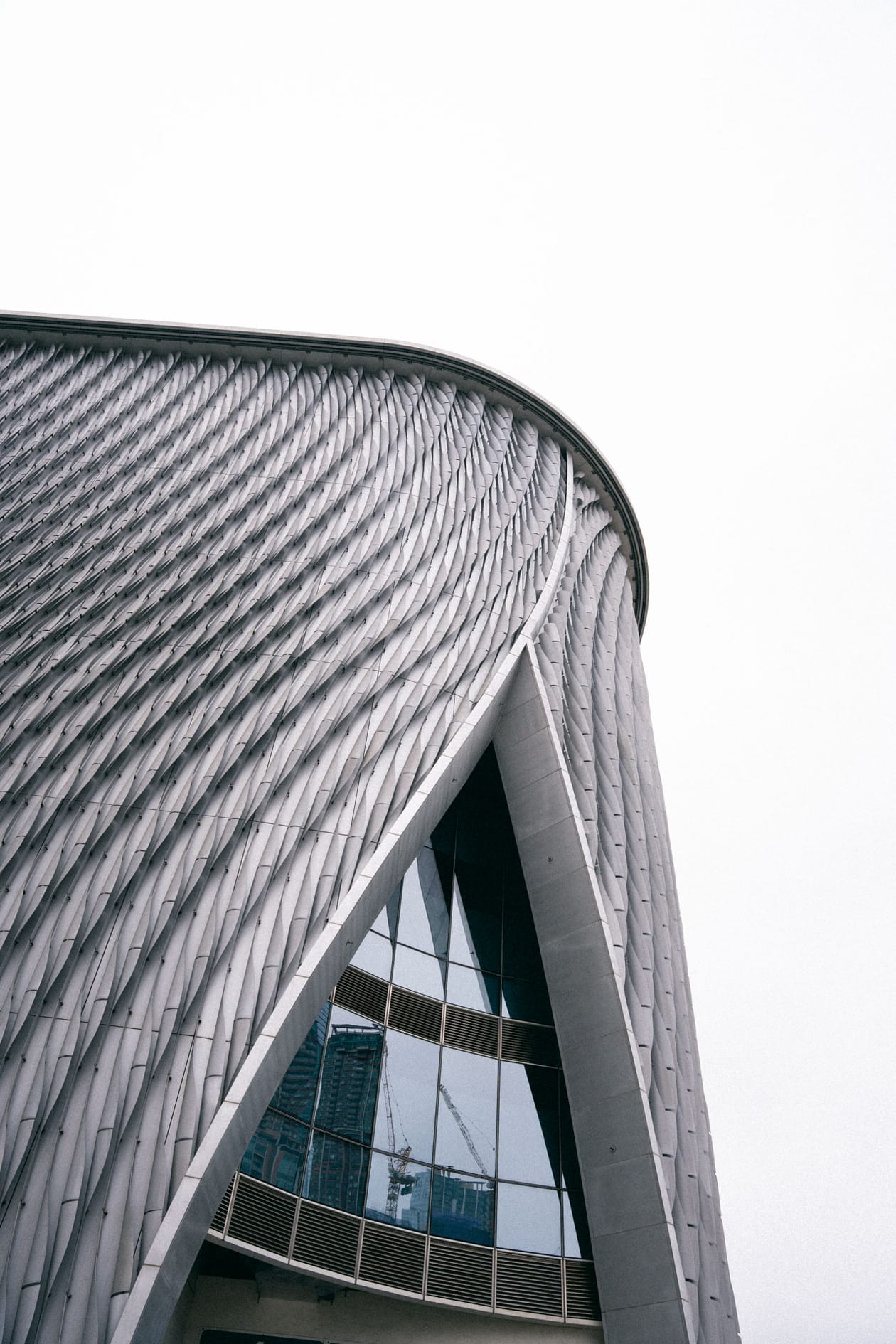
Temple Street
When it comes to night exploration Temple Street is in a league of its own – especially after its revamp. This street is unique to Hong Kong, and sees everything from street vendors, fortune-tellers, and street performers. Recently, Temple Street launched a new “Temple Street Night Market” initiative to encourage people to take a closer look at the famous street. With this new campaign, a section of about 100 meters from Jordan Road to Nanking Street has been transformed into a paradise of food with over 30 cooked food stalls. In addition to Hong Kong-style food, there’s also Southeast Asian cuisine. The streets of Temple Street have recently been modified with distinctive layouts with IG-friendly spots for photos. Temple Street is expected to become a new destination for those looking to add a night location to their citywalk.
618 Shanghai Street
Old and new converge at 618 Shanghai Street. Giving the citywalk an architectural angle, 618 Shanghai Street features a cluster of Grade II Historic Buildings. Among the buildings are 10 three-to-four-story tong laus (1920-1926) while another four are post-war buildings (all with a height of six stories) built in 1963-1964. This block was part of a revitalization project which was designed by Lu Tang Lai Architects where 13 historic columns were retained in the process. This area sees old relics and signage dating decades back and is a blend of historic and modern thanks to the mix of nostalgic gift shops and updated shopping malls found inside. Spend an afternoon hunting for souvenirs with century-old buildings as the backdrop. This block, with its reinvented takes on historic and traditional design, captures the essence of modern traditions that make up West Kowloon.
Heritage, food, art, and culture collide in West Kowloon. For those looking to slow down the pace of life, all it takes is one walk in West Kowloon. If you’re still interested to find out more on the modern traditions and learn more about inspiring paths and routes located in Yau Ma Tei, Mong Kok, Tsim Sha Tsui, and Jordan, take a look at the video below.
